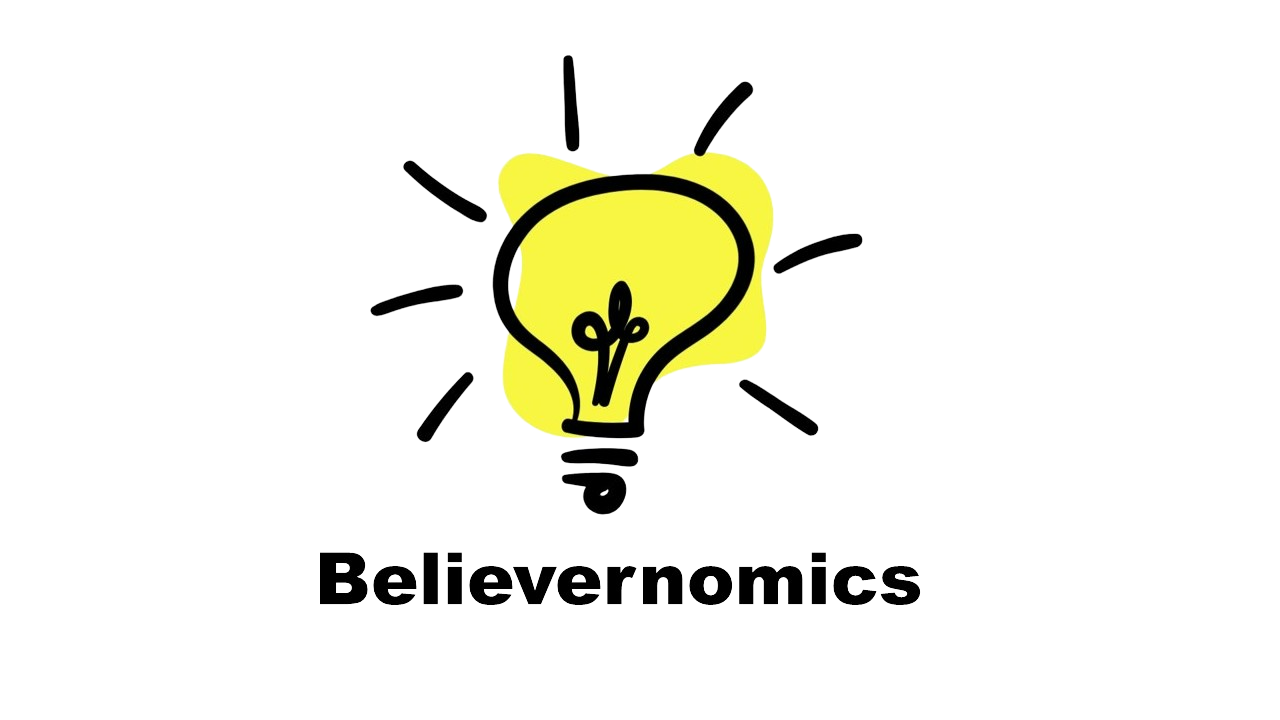Six ways to achieve disruptive change without the chaos
Image courtesy of Koshu Kunii on Unsplash
This is the second of a two-part blog focusing on disruptive change. The first blog was a deconstruction of the move fast and break things mantra.
Like many account holders on Twitter, I have been observing the goings on with interest and wondering what the next instalment might bring. For those looking for an introductory to the world of disruptive change, perhaps the advent of the Elon Musk era at Twitter was the ‘look away now’ moment. However, in the strangest way, even dysfunction can be both illuminating and instructive.
The term ‘disruption’ and the phrase ‘move fast and break things’ may well have been popularised by the Silicon Valley hipster generation. However, for organisations large and small, disruption is an undeniable fact of commercial viability. In business terms, there are times when; if you don’t move fast and if you don’t break things, then you may not survive.
Is it possible to assume that disruptive change, though painful, can take place without the chaos of indiscriminate destruction? Or do we need to reconcile ourselves to the fact that disruption and destruction are the unavoidable reality of change? Let’s explore further. Set out below, are six effective ways to achieve disruptive change without the chaos.
1. To evangelise you must democratise
Here’s a warning for any organisation considering disruptive change by the back door: you cannot expect to privatise the process, socialise the outcomes and side-step the consequences. The only way to avoid the chaos that could ensue from disruptive change is to democratise it. This requires employers to ‘spin-off’ aspects of the process to clusters of employees with relevant expertise, ideas or interest. As anyone familiar with democracy will tell you, engaging others in decision-making is time-consuming. However, the likely downstream benefit of an outcome within which employees can recognise themselves, must be worth the investment of time.
2. Make sure that your actions align with your narrative
Twitter is an excellent example of this point. Prior to his purchase of the platform, Elon Musk made clear that his desire was to promote free speech. Musk added that a commitment to free speech did not mean that Twitter would become a ‘hellscape’. Sadly, there is a detachment between Musk’s stated goals and the outcomes observable since his ownership. The chaos that has ensued at Twitter underlines the point that disruption cannot survive disconnect. Once it becomes untethered from its purpose, it rapidly morphs into dysfunction. In the context of change, although disruption and dysfunction sound phonetically similar, they deliver decidedly different results.
3. Surf boards or lifeboats
Decide whether you want your employees to be transformed by disruptive change or transfixed by it. The imagery of surf boards and lifeboats are symbolic of this tension. An organisation that sees disruptive change as an opportunity to deploy the surf boards clearly recognises the potential for its employees to thrive in the face of challenges and even danger. By contrast, the organisation that lowers the lifeboats, transmits a message of threat. For employees this can only be understood in one way, which is that disruption is about survival. Disruption must be a natural part of organisational evolution and not be presented as an organisational event.
4. Take travelling partners not hostages
There are three kinds of employees that experience disruption: travelling partners, spectators and hostages. Of these, travelling partners are employees who choose to go with you on the journey, spectators are interested, or dispassionate observers of the process and hostages have been taken against their will. Each of these will not only have a different experience of disruptive change but will also reflect that experience back to their employer as enthusiasm, indifference or outright resistance. The skill in overseeing disruptive change is to ensure that as many employees as possible sign up as travelling partners, compared to those who choose to spectate or become reluctant travellers.
5. Prioritise your end goal over your ego
Organisational change, particularly that which is achieved through disruption, should not be some sort of epic test of strength between the ruling class and the proletariat. If that is how the process is shaping up in your organisation, then seeds of the chaos to come may already have been sown. To avoid this, if there is dissent engage it and if there is disaffection embrace it. By its very nature ‘ego’ is about self, it is intemperate arrogant and dismissive. The interests of the end goal should always be paramount and if that is the case, then the process should be led by a commitment to reasonableness, negotiation and a desire to explore all possible options.
6. Painkillers and bandages at the ready
Whilst the process of disruptive change should be co-managed with employees, that does not mean that it will not be painful. As such, employers should always have empathy and compassion at the ready. Failure to show such basic humanity will only serve to present employers as thoughtless, indifferent and even inhumane. Such a sentiment may fuel both lingering disaffection amongst employees deemed to be ‘survivors’ as well as negative word of mouth, about the employer, to future recruits. Employee disaffection could also undermine the effective implementation of recommendations from a disruptive change process.
As this blog sets out, disruptive change is a normal organic expression of a healthy organisation. The relentless pursuit of the competitive edge means that sustainable success is unlikely to be found amongst those who make a conscious decision to rest on their laurels. Irrespective, disruptive change should never be approached with casual simplicity or naivety. A meaningful change process will create a wake and wakes produce turbulence. For employers, the skill is to ensure that their organisations can effectively navigate that turbulence and remain on course. The corollary of the above is that whilst disruptive change is a given, disruptive chaos is not.


